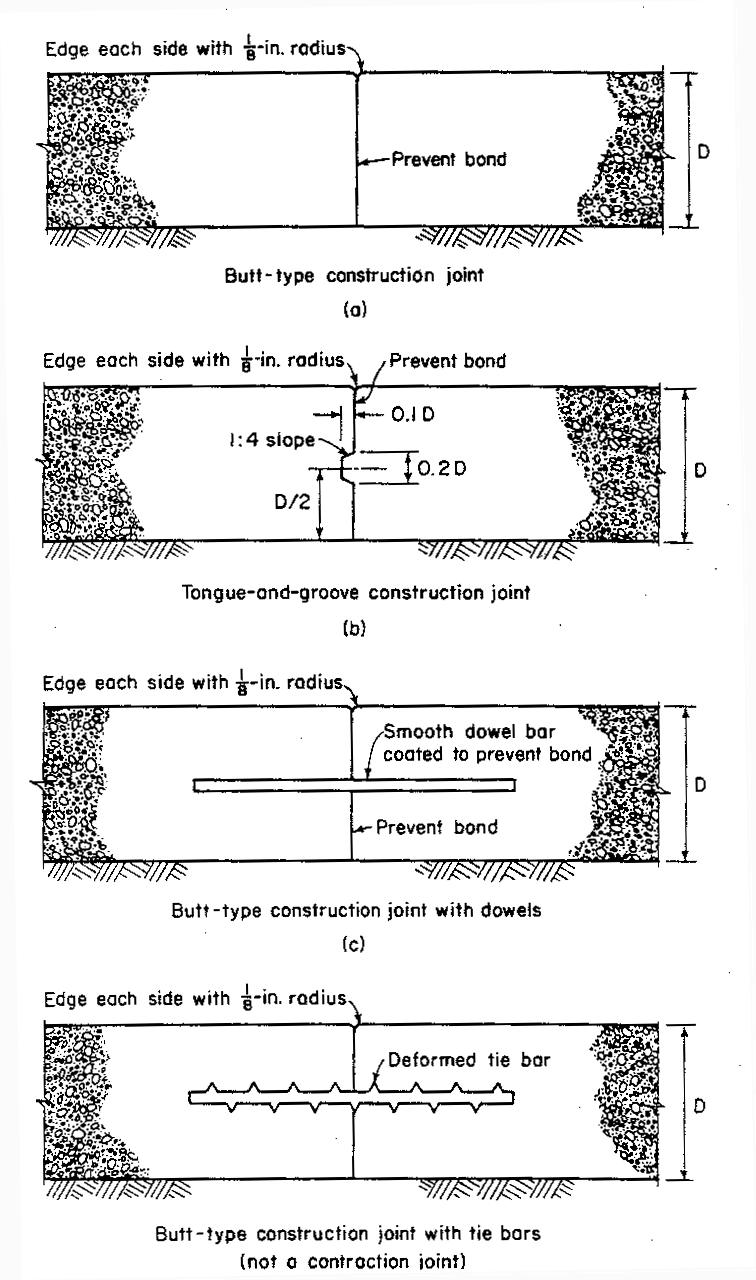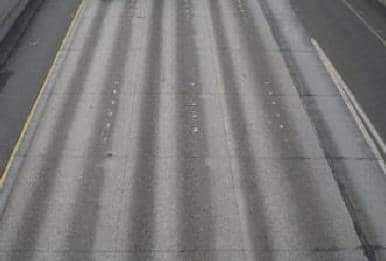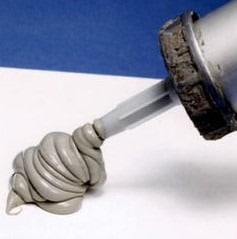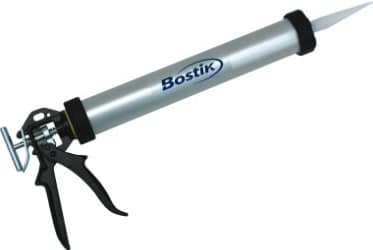Common Site Problems During Masonry Construction
Masonry structure is easy to design and construct, but various site issues may occur such as incorrect mix proportions, use of unauthorized admixtures, sulphate attack, freeze and thaw cycles and aesthetic failures.
Common Site Problems During Masonry Construction
1. Incorrect Mix Proportions
Incorrect mortar mix proportions are mostly the use of less quantity of binder materials than the required amount. This problem is reported to be come up when materials are mixed at the construction site.
Commonly, applicable codes and construction documents emphasize on measuring binder material either by weight or volume, but this measure is mostly ignored when material blending is carried out on project site.
Sometimes, number of shovels is used as a measuring technique, but this practice is not accurate and lead to incorrect mix proportions. This problem cannot be tackled unless all mix constituents are accurately measure.
2. Use of Unauthorized Admixtures
This problem is the reduction of mortar quality due to the addition of air entraining admixture that take the form of domestic detergent or washing up liquids. It is likely that the strength of mortar is compromised especially in bond due to excessive air entraining.
The main motivation of adding air entrain admixture is that it improves mortar plastic properties, and mortar utilization will be substantially eased. This problem is usually encountered when materials are mixed on site.
3. Sulphate Attack
Sulphate attack occurs as result of the reaction between tricalcium present in Portland cement and soluble sulphate which may come from various sources for instance masonry units and grounds.
The reaction is expansive and the size of ettringite, which is produced because of the reaction, is greater than of the reacted materials. Consequently, spalling, degradation and finally failure could occur.
Therefore, it is necessary to take suitable measures to prevent sulphate attack. This may be achieved through preventing sulphate to reach the mortar.
It is reported that, the number of masonry units contain large amount of sulphate are reducing constantly. So, sulphates in the ground would be the major problem and the contact between ground and mortar need to be prevented. This can be achieved by practicing correct detailing of damp poof courses and related details.
Regarding exceptional situations, where sulphates occur in atmosphere and masonry units, proper measure can be considered to decrease the possibility of sulphate attack.
For example, proper designing of coping and overhangs to avoid saturations will be offer great assistance, in addition to the provision of air entraining agent.
4. Freeze and Thaw Cycles
When masonry elements saturated with water and subject to cycles of freezing and thawing, the masonry member may suffer degradation and subsequent failure.
There are certain strategies used to protect masonry members from the effect of freezing and thawing for example introduction of suitable damp proof courses and copings.
Another effective technique is to use air entraining agent in mortar which proven to be substantially advantageous. That is why most applicable codes specify the use of air entraining agent to protect masonry construction form both freezing and thawing cycles and sulfate attacks.

Fig.: Effect of freezing and thawing cycles on masonry member
5. Aesthetic Failures
Aesthetic of masonry members does not affect its load carrying capacity but it is crucial and need to be considered during design and construction.
The formation of widespread bloom or efflorescence is not acceptable by the majority of clients. Therefore, it is required to take necessary action to prevent it for example covering newly constructed masonry at the end of each day to prevent saturation, otherwise masonry member will develop disfiguring stain and hence aesthetic appearance will be compromised.
Another aesthetic problem will arise when hydrated Portland cement is not protected since it remains highly soluble and saturation will cause leaching of calcareous solution from the material.
After water evaporated from this solution, solid material will set on the surface of the unit and joints. Added to that, the leaching of calcareous solution may lead to horizontal white stain formation.








